The Pros and Cons of Using Recycled Plastic Bricks to Build

You may have heard that plastic waste has become a serious global environmental problem – recycled bricks could help stop this material from polluting our land and water bodies.
As we strive to tackle this problem, some companies are taking creative approaches like building with recycled plastic bricks – not pix bricks, but plastic bricks suitable for use in full-scale construction projects.
However, before going this route, you’ll want to know the pros and cons of using recycled plastic bricks to build.
Recycled plastic bricks are sustainable building materials and an eco-friendly way to deal with plastic waste. However, as a homeowner or builder, you want to be sure that any material you build with can stand the test of time.
In the rest of this article, I’ll discuss the pros and cons of using recycled plastic bricks to build. I’ll cover everything from the strength of the material to its performance in extreme weather.
This will answer all your questions about whether recycled plastic bricks are an ideal building material for your project.
Recycled Plastic Bricks: Key Takeaways
Pros:
- Excellent Insulation: Recycled plastic bricks offer superior insulation compared to traditional clay bricks, leading to energy savings and improved comfort.
- Sustainable Construction: Using recycled plastic bricks promotes sustainability by reducing plastic waste, lowering greenhouse gas emissions, and decreasing reliance on virgin materials.
- Strength and Durability: Recycled plastic bricks are strong, durable, and can withstand extreme weather conditions.
- Aesthetically Pleasing: Available in various colors and shapes, offering design flexibility.
Cons:
- Fire and Heat Sensitivity: Recycled plastic bricks are susceptible to melting and releasing toxic fumes when exposed to high temperatures or fire.
- Cost: The production process makes recycled plastic bricks more expensive than traditional building materials.
- Difficult to Repair: Repairing or replacing damaged bricks can be challenging.
- Environmental Concerns: Manufacturing can release harmful gases, and the bricks may degrade over time with sun exposure, releasing microplastics.
Overall:
Recycled plastic bricks present a sustainable and durable building option with excellent insulation properties. However, it’s essential to consider the higher cost, fire safety concerns, and potential environmental impact before making a decision.
Recycled Plastic Bricks as a Building Material
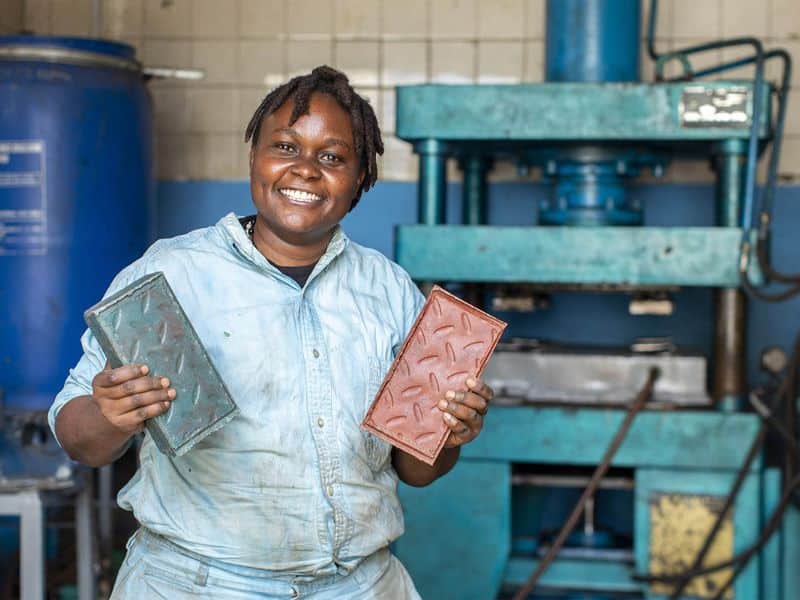
More than 380 million tonnes of plastic are produced annually. Unfortunately, many of these plastics are released into the environment as waste at the end of their service lives.
Less than 10 percent of the billions of tons of plastics generated since the 1950s has been recycled. 79 percent of these plastics have ended up in landfills and oceans, where they will remain forever in one form or another since plastic doesn’t decompose.
The construction industry is the largest sector in many economies and the highest consumer of raw materials. It is, therefore, important that the sector finds a more sustainable way to manage plastic waste.
It’s worth mentioning that recycled plastic bricks can make an excellent building material if manufactured using appropriate techniques and the right type of plastic.
There are different types of plastic building materials with different compressive and tensile strengths. Some are weaker and unsuitable for making building bricks.
Low-density polyethylene (LDPE) and polyethylene terephthalate (PETE) are excellent plastic materials for making recycled bricks due to their durability, strength, and low thermal conductivity.
The table below shows plastic materials used in the construction industry, their properties, and their most suitable applications.
| Plastic Material | Physical Properties | Best Application |
| HDPE | Rigid | Plastic lumber, tables, chairs |
| LDPE | Flexible | Bricks and blocks |
| PP | Hard and flexible | Bricks and aggregates in asphalt mixture |
| PS | Hard and brittle | Insulation material |
| PET | Hard and flexible | Fibers in cementitious composites |
| PC | Hard and rigid | Aggregates in cementitious composites |
Table 1: Plastic materials best for recycled bricks and other applications. Source: Science Direct
The Pros of Using Recycled Plastic Bricks to Build
Excellent Insulation

Insulation is an essential factor when choosing a building material. According to Energy Saver, insulation provides resistance to heat flow and, thus, helps save on heating and cooling costs. It also makes the house more comfortable.
Plastic is an excellent thermal insulator because it’s a poor conductor of heat. Unlike metals, plastics don’t have free electrons to conduct heat.
A thermal insulation test revealed that recycled plastic bricks have a U-value of 0.25 Watts per square-meter Kelvin (W/m²K). This is ten times better than conventional clay bricks that have an average U-value of 2.94 W/m²K.
The above features make recycled plastic bricks ideal for building in very hot or cold climates and regions with large temperature variations.
Sustainable Construction
The construction industry has a huge impact on the environment. The industry consumes up to 40 percent of all energy used and generates up to 30 percent of the annual global greenhouse gas emissions.
The above statistics could be improved by using more sustainable construction materials.
Recycled plastic bricks contribute to sustainable construction in the following ways:
- They support enhanced recycling and reuse of existing plastics, reducing the need to produce virgin plastic, which takes more energy and releases more greenhouse gases.
- Recycled plastic substitutes for high-emission materials such as steel and concrete bricks.
- Reducing plastic waste pollution in landfills and oceans.
Plastic Recycled Bricks Are Strong and Highly Durable
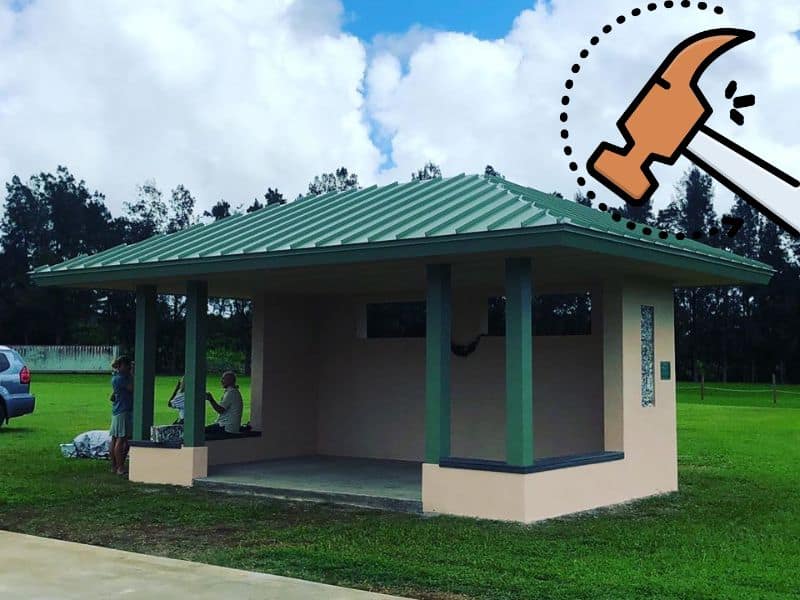
Plastic bricks can be an excellent option if you want a stronger and more durable building material.
Plastics are fibrous in nature. The fibers are intertwined in a matrix, forming an incredibly strong material that can withstand extreme weather conditions and high pressures.
Moreover, the production process uses hydraulic machines for compression to remove air pockets and make these bricks very strong.
As Nzambi Matee, the founder of Gjenge Makers testifies, their recycled plastic bricks are two to seven times stronger than their concrete counterparts.
For your comparison, the table below shows that mixtures of plastic with a smaller amount of sand produces bricks with higher compressive strengths than when high volumes of sand are used.
| Plastic: Sand Ratio | Maximum Load (KN) | Compressive Strength (N/mm2) | Water Absorption |
| 1:2 | 232 | 9.17 Mpa | 0.346% |
| 1:3 | 162 | 6.4 Mpa | 1.57% |
| 1:4 | 88 | 3.5 Mpa | 1.467% |
Table 2: The impact of plastic to sand ratio on compressive strength of plastic bricks. Source: AZO Cleantech
Aesthetically Pleasing
Plastic bricks can make an excellent addition to your home’s interior and exterior design. The materials come in different attractive colors and shapes, allowing you to add a personal touch of color to your walls, floors, or outdoor pathways.
The Cons of Using Recycled Plastic Bricks to Build
Highly Sensitive to Fire and High Temperatures
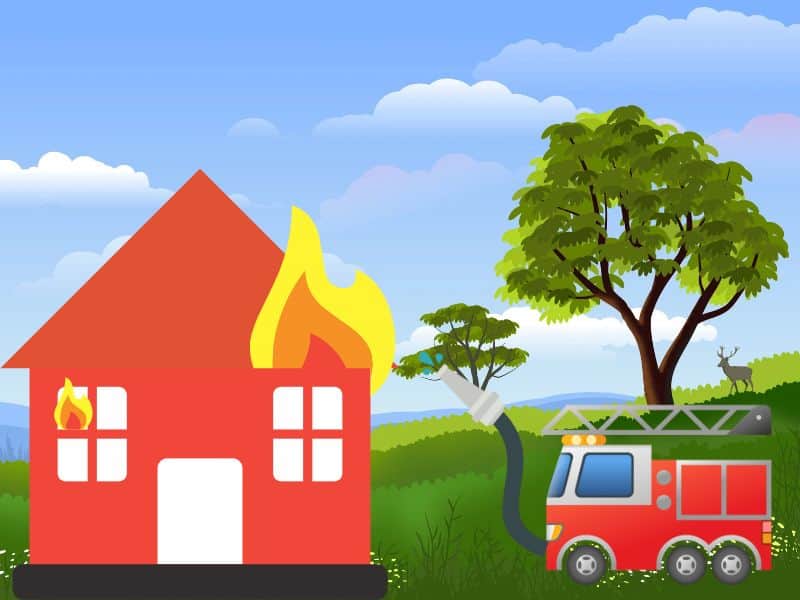
Plastics are made from thermoplastic polymers that undergo thermal degradation when exposed to high temperatures.
When exposed to fire or temperatures exceeding 400°C (752°F), recycled plastic bricks are likely to melt and release toxic fumes. Thus, they are more prone to fire accidents than other materials such as concrete or stone.
Expensive
Recycling plastic waste and turning it into bricks is a labor-intensive process that requires various machines and technologies. The long process involved increases the production cost of these bricks.
The high production cost translates to a more expensive building material than concrete or clay bricks.
However, although plastic bricks have a higher initial cost, their energy-saving characteristics and durability help you reduce overall costs in the long term.
Difficulty to Repair
Repairing plastic bricks is not easy. If damage occurs, it might be difficult to remove and replace the affected part without damaging the entire structure.
Moreover, once some plastic brick designs are installed, it’s hard to make adjustments or change a smaller portion without affecting the rest of the structure.
Environmental Pollution
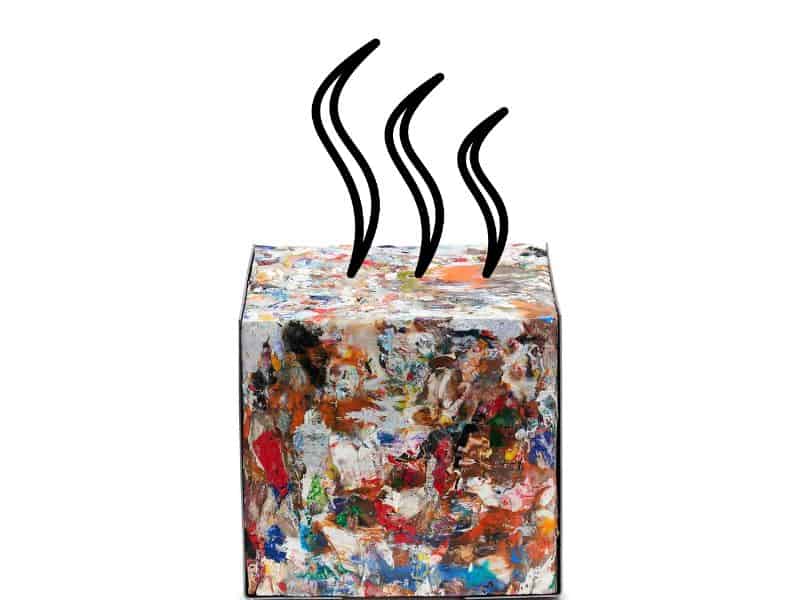
Recycling plastic to manufacture bricks uses high temperatures, releasing toxic gases like dioxins. These gases have a severe environmental impact when released into the atmosphere.
Moreover, like any other polymer, plastics are prone to photodegradation when exposed to sunlight for a long time.
Wavelengths such as infrared radiation, ultraviolet light, and visible light degrade the photodegradable molecules, releasing microplastics into the surrounding environment.
Microplastics are harmful to the environment and can affect aquatic life negatively. Exposure to these microplastics also causes oxidative stress, inflammation, and DNA damage in humans.
Therefore, it’s important to avoid open exposure of recycled plastic bricks to direct sunlight as much as possible. You should also aim use UV-stabilized recycled plastic bricks if possible.
Final Thoughts
The choice of building materials comes down to the characteristics required for any given project, including physical and aesthetic properties.
Recycled plastic bricks offer excellent strength and insulation characteristics but can be expensive and release toxins in the event of a fire.
These recycled bricks are a sustainable alternative to materials that have more embodied energy and could be the right choice for you if you have the budget and are looking to minimize the impact of your project on the environment.
You might also be interested in plaex bricks, which are made from a mixture of hard to recycle waste, including plastic and waste aggregate.
Now that you know the pros and cons of using recycled plastic bricks to build, you can determine if they are the best option for your own building project.
Before leaving, check out this article on other sustainable construction methods for more information about sustainable building.




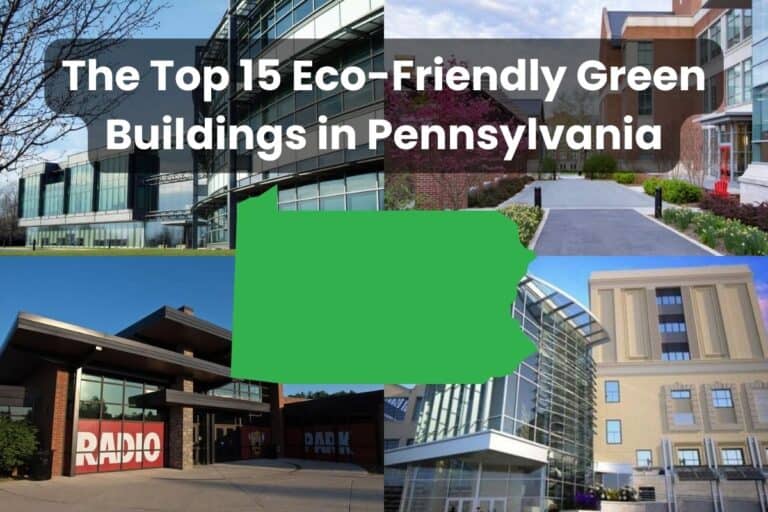



Hmmmm ! having built houses of traditional bricks and block which have to be mined usually by an opencast destructive affair using massive diesel machines ( pollution ) releasing dust like you would not believe ( pollution ) along with heavy transport ( diesel trucks so pollution ) and scarring the landscape and undermining watercourses etc etc, it seems to make sense to recycle millions of tons of plastic and end the landfill and ocean option of dumping and yes there will be additives such as fire retardants as we have in furniture and have had for 40 years and coat in a photo wavelength protective coating agin which we have on PVC Facias guttering wheely bins park benches etc etc and again which we have been using for 40 years or more . In regards to making alterations difficult making buildings unstable is total tripe and requires less bashing and banging to put in braces to install retro fit windows doors etc sooooooo there is no reason to not go full tote on building houses with recycled plastic other than small minded bureaucracy and money for the boys ?
Thanks for your thoughts, Kenny. There’s no doubt that traditional building has a significant impact on the environment, both at the local level and globally. The more we can all do to spread the word about the effectiveness of more environmentally friendly materials, the better, so I’m grateful you’ve taken the time to leave this comment. It’s interesting to note your point about alterations and repairs being easier with plastic bricks. Thanks for mentioning that. Do you know of any good examples to illustrate this point (YouTube videos or the like)? I’d like to update the article to show how easy that type of work can be with plastic bricks.
I heard about a company out of Canada that makes/sells plastic bricks that
look a lot like legos. I can’t find any Web info on them. Can you help?
Hi Ray. Not sure if they have a presence in Canada, but the guys at https://www.recyclerebuild.org/ seem to have volunteers all over the world.
Plastic bricks are the way to go but what’s scary about the big men out there is as of today plastic seems cheap but the moment they’ll see the big picture they’ll hike the prices for there own interest. Say for example those big cement companies, truth be told the moment the plastic bricks get hold of the market cement will loose its value and I bet the big men won’t like the outcome. They’ll kill the plastic companies for the good of their cement. In Uganda Africa any one ready partnership we go into plastic bricks am all in. Am already in soil and cement compressed bricks but the cement companies are already killing us out
Competition from established market players can be a problem for innovative companies, but if the demand is there then new products can get a foothold. That’s what this blog is about – raising awareness so people know about the more sustainable options out there and begin to seek them out, which should help to create more of a market for new sustainable building products and move the industry towards a more sustainable future.
Hello Jim ,that company is called plaex in Canada and uses concrete as a binder.
Thanks Bob. Noted!
Do we have a viable product to build shelters for our homeless population. Maybe too heavy but less flammable than cardboard
Yes, Alan, I think the plastic bricks are used for this very purpose in certain parts of the world.
If I read this correctly, it seems that houses made with plastic bricks degrade and give off gases. If this is true, the building is not a sustainable product. Could one find a use of another recyclable product to seal or stop the degradation. In one of the examples, the verada was all plastic. it was then covered in something. It almost looks like stucco and is very handsome.